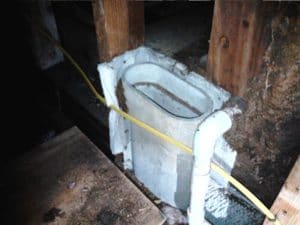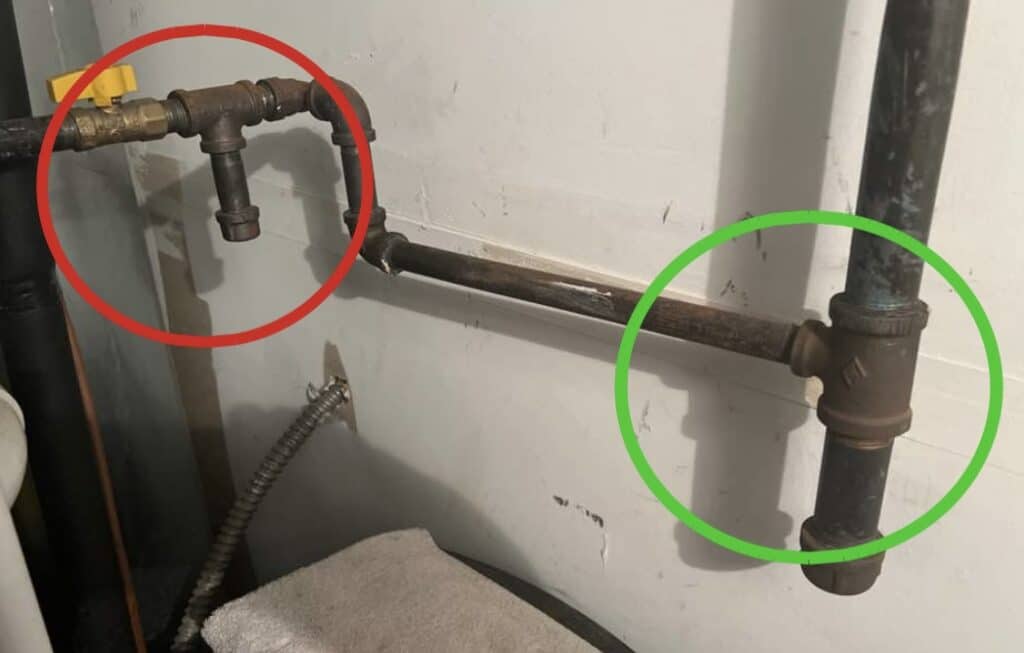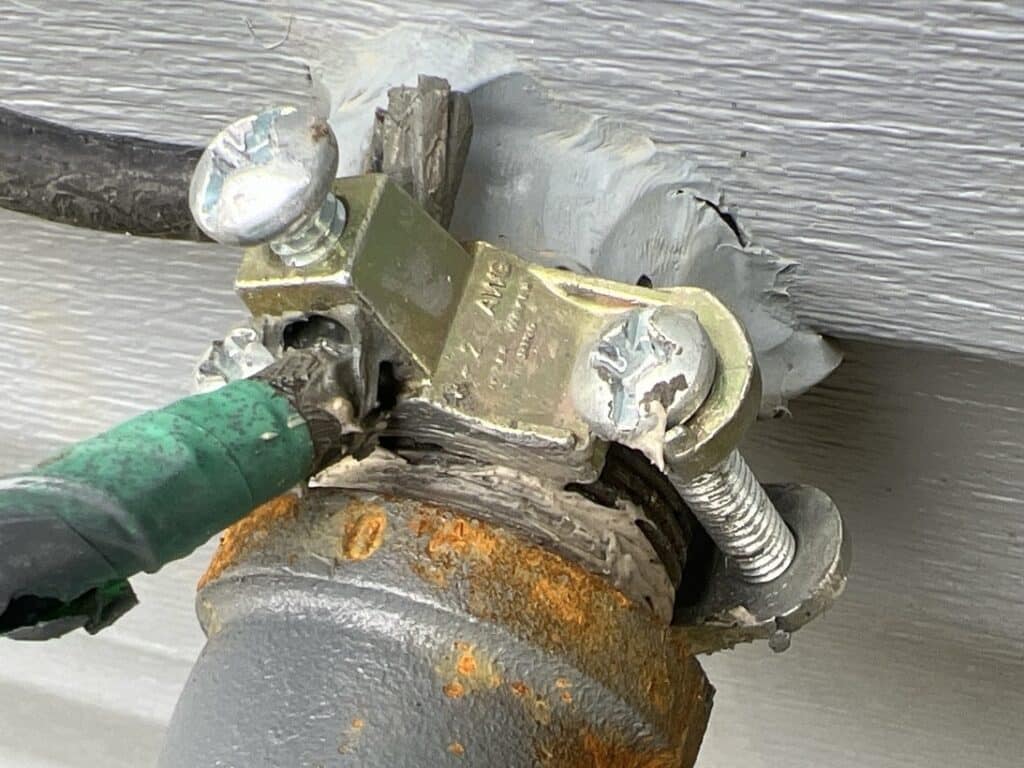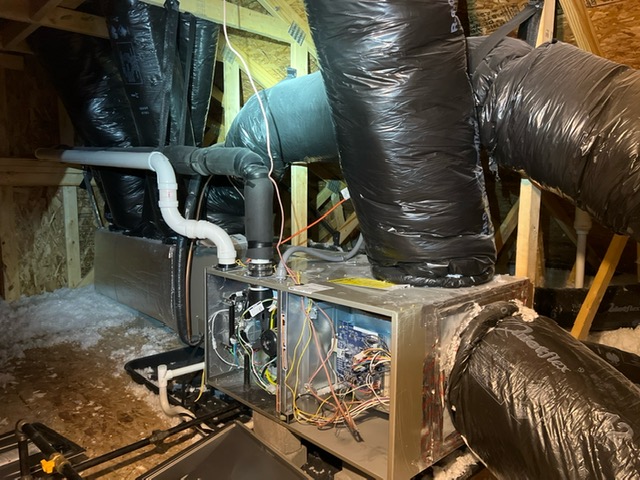Asbestos was a common form of insulation in older homes, particularly on central heating boilers and the associated components. Its effectiveness was excellent, unfortunately there is a downside with serious health concerns should the asbestos fibers become airborne.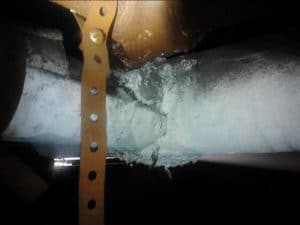
In many older homes asbestos can be seen on the air ducts, hot water or steam radiator pipes and on the exterior of the heating furnace or boiler. A sheet of asbestos acting as a heat shield is often visible above the furnace or boiler.
Asbestos tape will look like a (wide) white or gray duct tape, usually used on the joints on the duct work. On steam or hot water heating pipes, it will be a padded jacket type insulation with a white canvas type exterior. Metal rings or clips are usually found at the end of each length or piece.The asbestos around the boiler or furnace looks like a plaster or smooth stucco.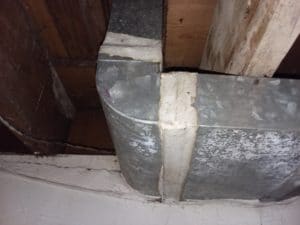
Care should be taken not to disturb these types of insulation. Disturbing them would cause asbestos fibers to become airborne. The fibers are very light and float easily in the air.
Remedies
- Paint over the asbestos (using care not to let the brush become dry) with a semi gloss oil-based paint to encapsulate the fibers. Do not use latex paint.
- Encapsulate (enclose) in radiant heat barrier (a foil type insulation) or for small areas enclose using foil type duct tape.
If removal of the asbestos or the heating system becomes necessary, a licensed, EPA approved contractor must do the work. Some limited removal can be done by a homeowner – we would recommend checking with the EPA for guide lines.
NOTE: Breathing of asbestos fibers can be detrimental to your health. Asbestos fibers entering the lungs will damage the respiratory system.
